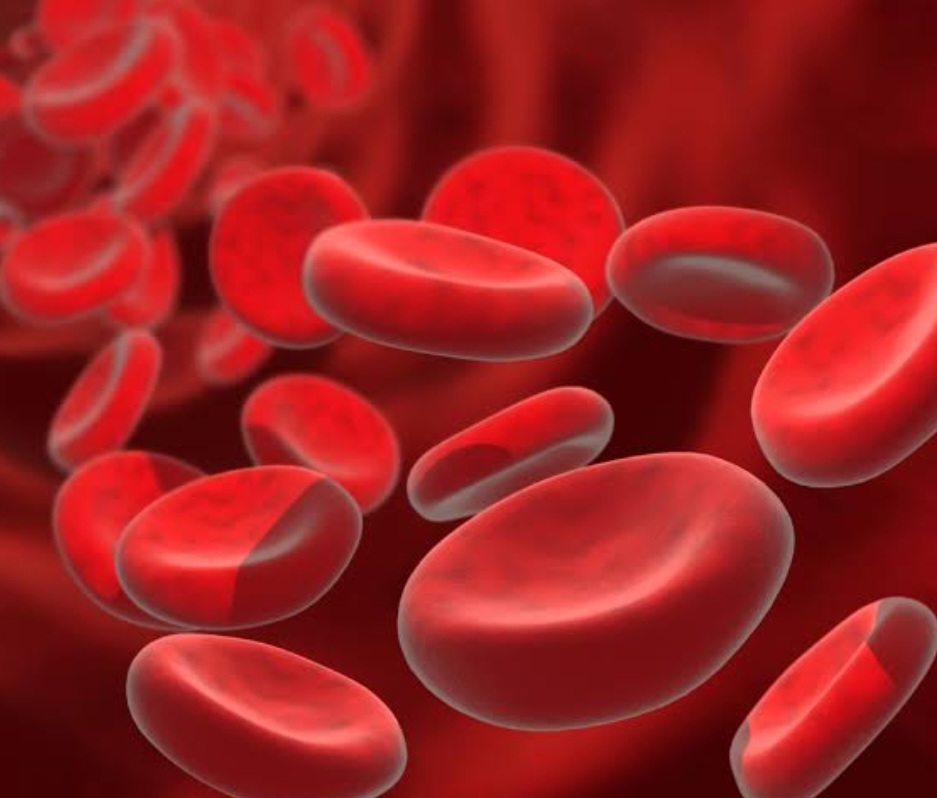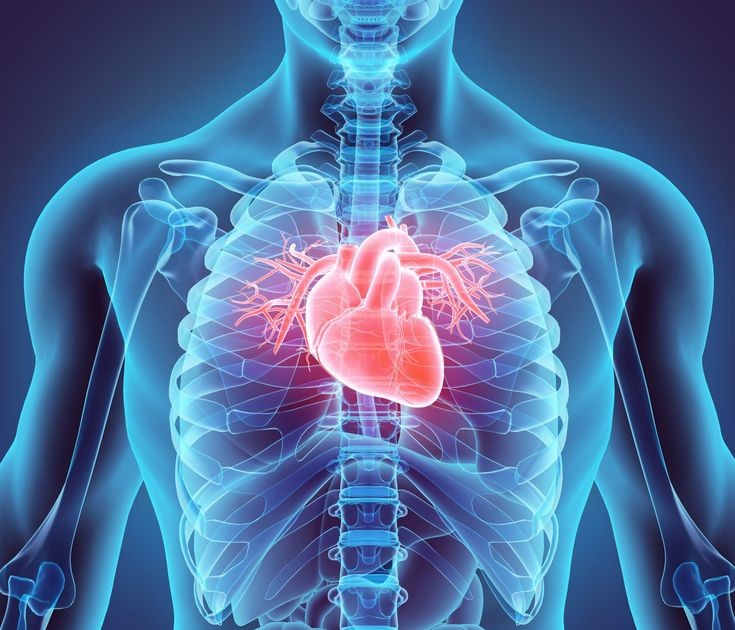Novel Coronavirus
What is the novel coronavirus?
Coronaviruses are a large family of viruses that are common in many different species of animals, including camels, cattle, cats, and bats. Rarely, animal coronaviruses can infect people and then spread between people such as with MERS, SARS, and now with 2019-nCoV.
Most often, spread from person-to-person happens among close contacts (about 6 feet). Person-to-person spread is thought to occur mainly via respiratory droplets produced when an infected person coughs or sneezes, similar to how influenza and other respiratory pathogens spread. These droplets can land in the mouths or noses of people who are nearby or possibly be inhaled into the lungs. It’s currently unclear if a person can get 2019-nCoV by touching a surface or object that has the virus on it and then touching their own mouth, nose, or possibly their eyes.
Typically, with most respiratory viruses, people are thought to be most contagious when they are most symptomatic (the sickest) It’s important to note that how easily a virus spreads person-to-person can vary. Some viruses are highly contagious (like measles), while other viruses are less so. There is much more to learn about the transmissibility, severity, and other features associated with 2019-nCoV and investigations are ongoing.
Coronaviruses are a large family of viruses that can cause illness ranging from the common cold to more severe diseases like Middle East Respiratory Syndrome (MERS) and Severe Acute Respiratory Syndrome (SARS). The 2019 novel coronavirus, called ‘SARS-CoV-2’ (previously referred to as 2019-nCoV), is a new strain that has not been identified in humans before.
Coronaviruses are zoonotic, meaning they are transmitted between animals and people. Detailed investigations found that SARS-CoV was transmitted from civet cats to humans and MERS-CoV from dromedary camels to humans. Several known coronaviruses are circulating in animals that have not yet infected humans.
On 11 February 2020, WHO formally named the disease caused by the 2019 novel coronavirus as ‘COVID-19’. The acronym stands for coronavirus disease 2019, as the illness was first detected toward the end of last year.

Outbreak summary: where, when and possible source
On 31 December 2019, the World Health Organization (WHO) was informed of several cases of viral pneumonia of unknown cause detected in Wuhan City, China. COVID-19 patients exhibited respiratory symptoms such as fever, cough, and shortness of breath and breathing difficulties. In more severe cases, infection can cause pneumonia, severe acute respiratory syndrome, kidney failure and even death.
Since the outbreak, cases of COVID-19 have been reported elsewhere in China and in 24 other countries worldwide, including in the regions of Asia, Europe, North America, UAE and Australia.
How is the virus transmitted?
The WHO reports that human-to-human transmission is occurring with a preliminary R0 estimate of 1.4-2.5.
Current estimates of the incubation period of the virus range from 2–10 days, but more information about the mode of transmission is needed to confirm this. Experts are also still unclear whether transmission can occur from asymptomatic individuals or during the incubation period.
To prevent the spread of the novel coronavirus, the public should follow standard infection prevention recommendations including regular hand washing, covering the mouth and nose when coughing and sneezing, and thoroughly cooking meat and eggs. Where possible, people should avoid close contact with persons showing symptoms of respiratory illness, including coughing and sneezing.
WHO clinical guidance for the management of suspected COVID-19
Covering:
• Early recognition of patients with SARI associated with COVID-19
• Immediate implementation of appropriate IPC measures
• Early supportive therapy and monitoring
• Collection of specimens for laboratory diagnosis
• Management of hypoxemic respiratory failure and ARDS
• Specific anti-Novel-CoV treatments and clinical research








